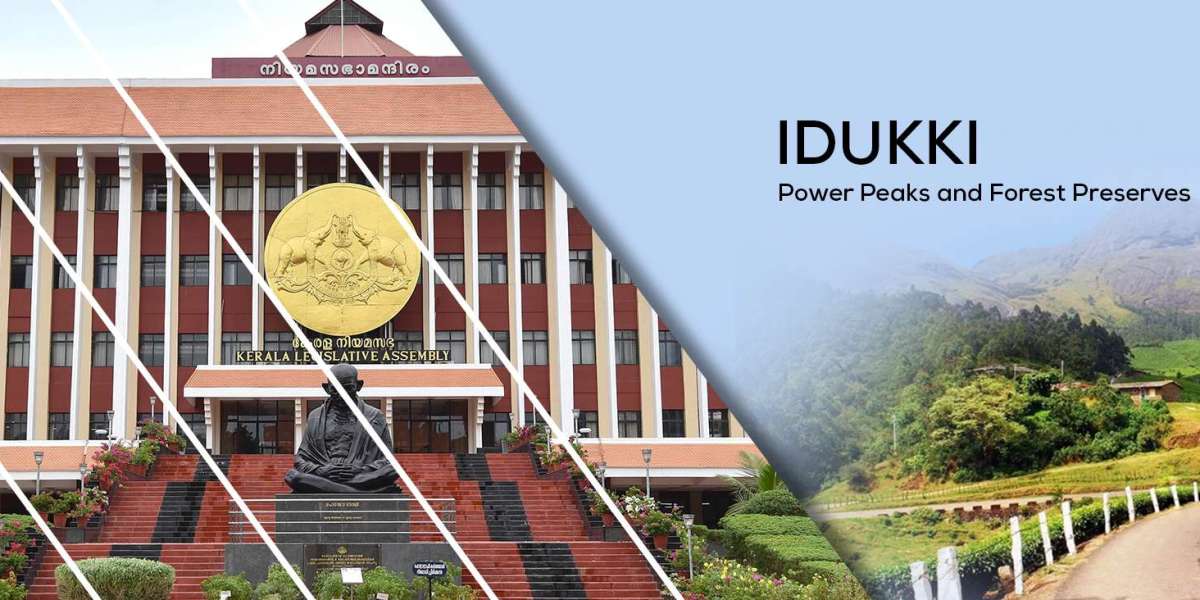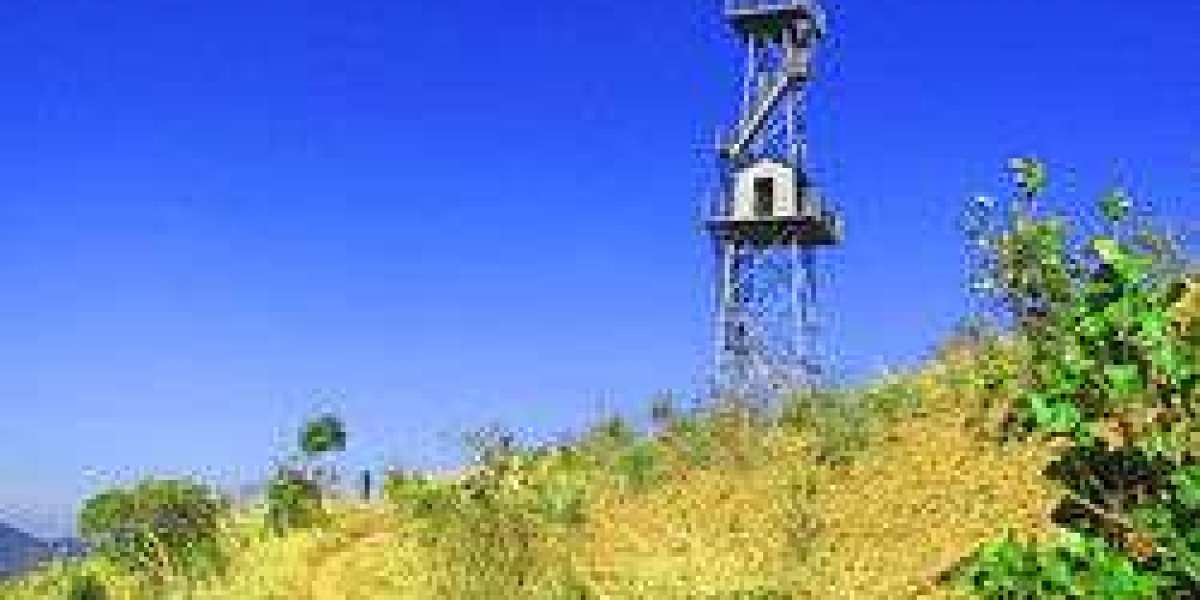Geographic & Demographic Characteristics
Idukki lies in Kerala’s mid to high ranges, including forested hills, tea estates, dam-fed river valleys (including parts of the Periyar basin), and sprawling upland terrain. The electorate has grown from approximately 184,218 in 2016 to 186,503 in 2021. This constituency has high literacy (~92–95%), a sizeable Scheduled Caste population (~5–6%), minimal ST presence, and electoral engagement typically above 70% turnout.
Livelihoods & Income Sources
Residents’ livelihoods are shaped by the terrain and remittance culture:
Plantation agriculture dominates—tea, spices (cardamom, pepper), rubber, and other high-range crops in Panchayats like Kanchiyar, Vathikudy, Mariapuram.
Trade, services & small shops—mainly in Kattappana town and market hubs serving surrounding villages.
NRIs and remittances play a vital role in household incomes across rural and semi-urban segments.
Eco-tourism and hospitality is slowly emerging around scenic spots and dam reservoirs like Idukki Dam, boosting local incomes.
Livestock rearing and inland farming provide supplemental livelihood in valleys and plateaus.
The vast majority of residents belong to the middle-income strata—smallholders, plantation workers with NRI backing, service employees, and small traders. A visible BPL segment exists among landless agricultural labourers and marginalized plantation crews. High-income groups are relatively few, often linked to larger land holdings or NRI wealth.
Recent Development Highlights
Infrastructure upgrades—the local MLA (Roshy Augustine of KC(M)) and district administration oversaw road widening and bridge repairs in vulnerable areas like Kanjikuzhy and Vathikudy to improve connectivity and avoid landslips.
Development of tourism-linked initiatives around Idukki Dam and the town of Painavu is ongoing, with plans for new viewing points, eco-trails, and interpretation centres to benefit local communities.
The government has flagged landslide-prone zones—such as near Kudayathoor and Konnathady—and introduced soil conservation and climate-resilience programmes to protect farming communities and settlements.
Water resources initiatives, like catchment protection and micro-irrigation subsidies, are underway under the Minister for Water Resources Roshy Augustine to secure agrarian supplies.
Civic infrastructure in Kattappana, including upgraded health centres, upgraded town drainage, and sanitation projects, have been prioritized in recent district-level development budgets.
Idukki Assembly Constituency epitomizes Kerala’s high-range identity: forest, agriculture, remittance-powered resilience, and slow-growing tourism. With 196 polling stations, a largely middle-income electorate, high civic participation, and focused efforts in infrastructure, climate-resilient agriculture, tourism development, and water resource management, the region is gradually shaping a future rooted in equitable, sustainable growth.







